The Budgie, also known as a “budgerigars,” or “parakeet,” is a small members of the parrot family. Its closest relatives include lovebirds, lorikeets, pygmy parrots, tiger parrots, and more.
These birds live in Australia, and their range covers most of the country. They are popular pets, in fact only dogs and cats are more common in households. Read on to learn about the Budgie.
Description of the Budgie
This species is easily recognizable, primarily because of its bright colors and popularity as pets. Wild birds are green, with yellow heads, and black barring across the wings.
Their beaks are quite small, and the base of the bill is usually blue. They are just six or seven inches long, and weigh no more than an ounce. These birds have long, pointed tails and wings.
Interesting Facts About the Budgie
Because they are such popular pets, most people can easily identify these birds. Learn some fun facts about what makes these little birds so interesting below.
- Sexual Dimorphism – An animal is sexually dimorphic when you can tell the difference between a male and a female by looking at them. Male and female Budgies are almost impossible to distinguish. However, during the breeding season, females have tan or brown skin at the base of their bills.
- Zygodactyl – No, this didn’t become a dinosaur discussion, zygodactyl is the type of toes that these birds have. Like most parrots, these diminutive birds have two toes facing forward and two toes facing backward, or zygodactyl. This foot structure makes it easier for the birds to grip branches and climb up and down trees.
- Colorful Collection – Like most pet birds, parakeets in captivity are quite different from their wild counterparts. Humans have bred a number of different special color mutations in captive populations. Some of the different colors include blue, grey, yellow, white, and more.
- Fluorescent Feathers – Budgies are one of the many parrot species that have fluorescent feathers. This means that when you expose the feathers to ultraviolet light, they glow. Researchers aren’t entirely sure why their feathers are fluorescent, but they believe it has to do with reproduction and mate selection.
Habitat of the Budgie
These birds live in a variety of different habitats within their range. They mostly live in semi-arid areas with low rainfall. Some of the different ecosystems that they utilize include scrubland, grasslands, and woodlands.
While they do live in woodlands, all of their foraging occurs in open areas. Though they usually live away from the coast, these birds do occasionally inhabit coastlines as well.
Distribution of the Budgie
This species lives only in Australia. Humans have introduced populations outside of their native range, but the only persistent flock is in Florida. In Australia, the vast majority of parakeets live in the interior of the country.
Sometimes flocks move to the coasts, particularly during droughts or migrations. Seasons do not dictate migration, but rather the availability of food and water. When food or what becomes scares, the flock moves along to the next potential feeding grounds.
Diet of the Budgie
These birds are herbivores, and their primary food source is seeds and grains. They eat a wide variety of seeds from virtually any plant species, including grasses and crops. Flocks of these birds forage on the ground together.
Unlike some bird species, parakeets rarely eat any other food sources outside of seeds. Many types of birds also supplement their diet with insects or other invertebrates, but these do not.
Budgie and Human Interaction
Wild parakeets rarely conflict with humans, and their populations are stable. However, they do sometimes pose a problem to farmers, because flocks can eat large numbers of crop seeds.
Outside of this conflict, the vast majority of human-Budgie interaction is positive. These birds are incredibly popular pets, and millions of them live in households across the globe. The IUCN lists this species as Least Concern.
Domestication
Humans have semi-domesticated budgerigars. We have raised and selectively bred these birds as pets for hundreds of years.
Does the Budgie Make a Good Pet
Yes, parakeets make wonderful pets for the right family. Of course, you should only purchase birds that humans have bred in captivity, as wild birds do not make good pets. Always do your research before adding a new pet to the family.
Budgie Care
Before you purchase your new pet, make sure you have everything you need to care for them. You need a cage large enough for at least two birds, seed-based feed, and a number of different toys.
As social birds, you should always buy more than one Budgie so they do not get lonely. Always be calm and careful while socializing your bird and closely monitor children.
Behavior of the Budgie
These parrots are diurnal, and spend most of their time foraging during the day. They are quite social, and usually live in flocks, which vary in size. Their social structure is flexible, and fighting, even for dominance, is minimal.
As the sun rises, members of the flock sing to one another and preen before setting off to feed. They forage throughout the day, usually in the shade, or resting during the hottest times.
Reproduction of the Budgie
This species does not have a breeding season, but they usually only reproduce when food is abundant. Pairs are usually monogamous, and remain together for a season. They build their nests in hollow tree trunks and similar structures.
The female lays an average of five eggs, which she incubates for about two and a half or three weeks. It takes about a month for the chicks to fledge, and they are independent soon after.

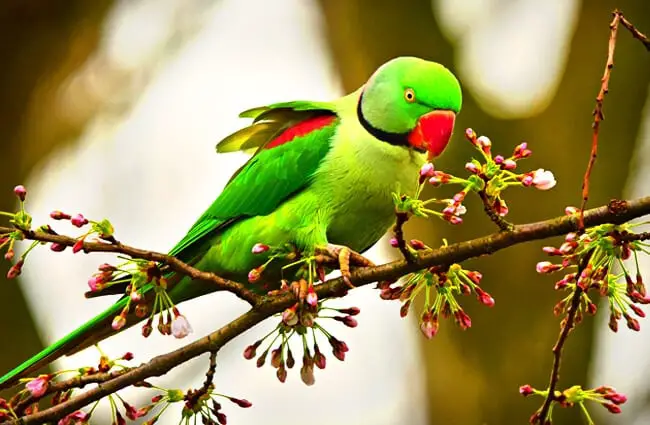


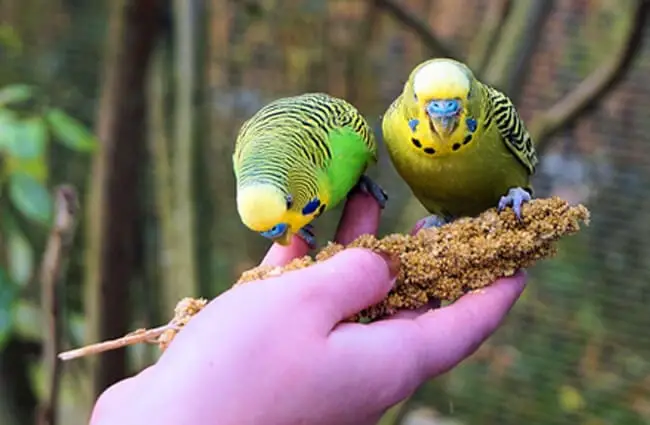
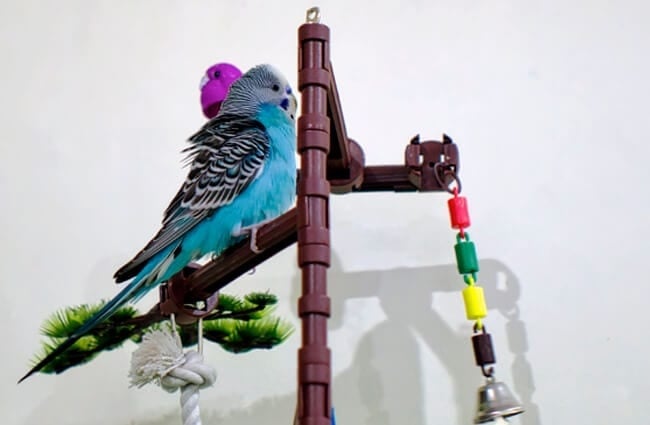



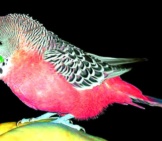

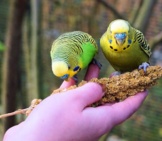
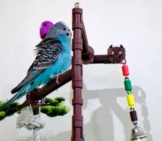
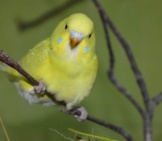
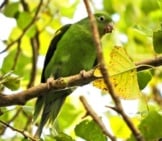
![Red Angus Closeup of a beautiful Red Angus cowPhoto by: U.S. Department of Agriculture [pubic domain]https://creativecommons.org/licenses/by/2.0/](https://animals.net/wp-content/uploads/2020/03/Red-Angus-4-238x178.jpg)












![Red Angus Closeup of a beautiful Red Angus cowPhoto by: U.S. Department of Agriculture [pubic domain]https://creativecommons.org/licenses/by/2.0/](https://animals.net/wp-content/uploads/2020/03/Red-Angus-4-100x75.jpg)

